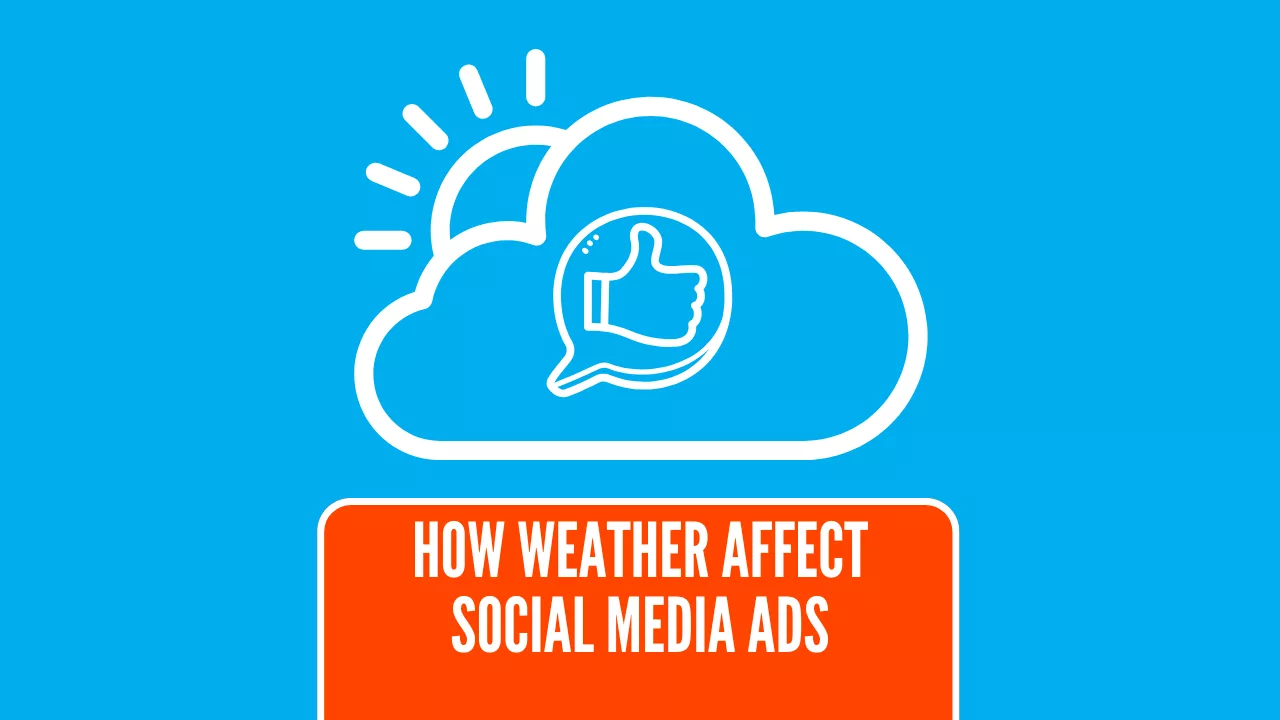How weather influences social media use and your ad performance can be a key to tuning your marketing efforts. Weather affects user engagement and ad effectiveness. Understanding these impacts helps you adjust your campaigns for better results during various weather conditions.
Takeaways
- Social media engagement spikes during weather events, as people rely on platforms for real-time updates and support, especially younger audiences.
- Weather impacts ad performance by influencing consumer behavior, making dynamic, weather-triggered campaigns more effective for boosting sales.
- Integrating real-time weather data enhances the relevance of social media ads, allowing brands to create personalized and timely marketing strategies.
The Connection Between Weather and Social Media Use
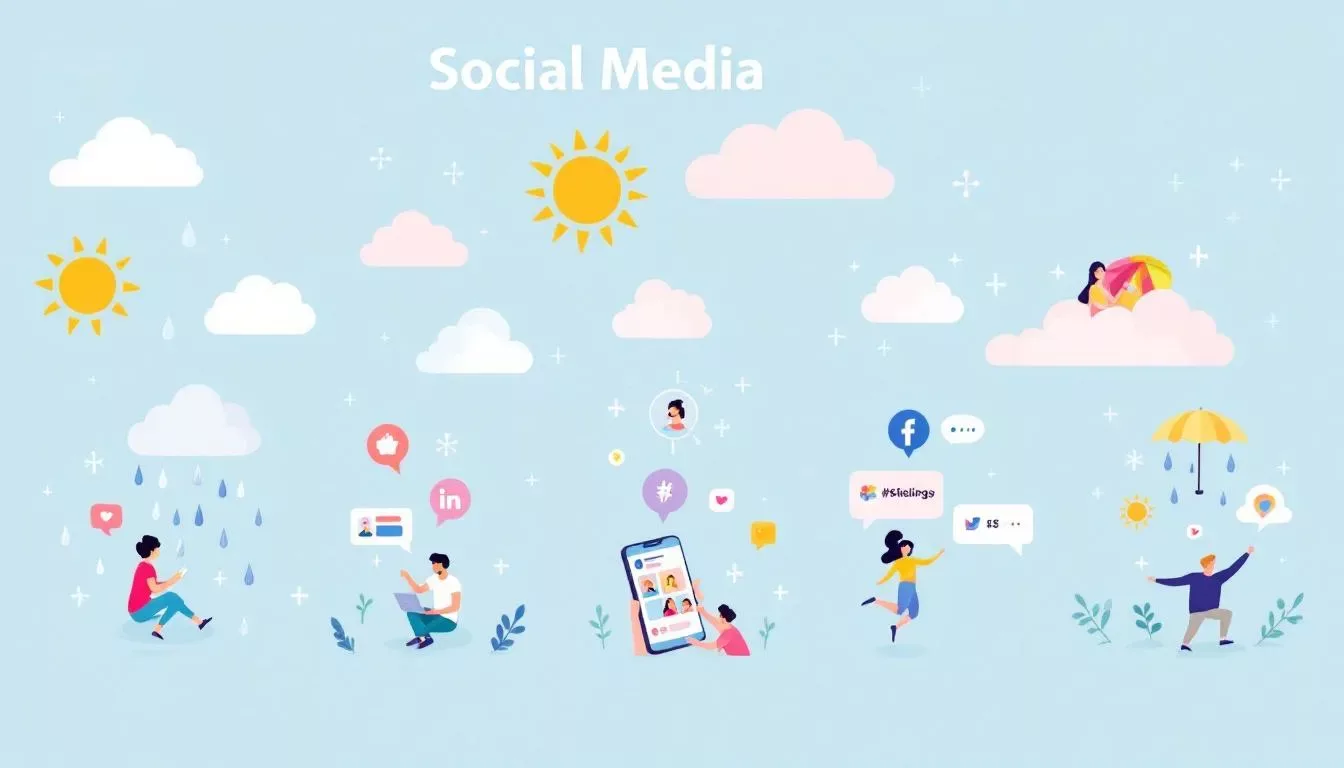
Weather and social media use are more interconnected than you might think. When weather events occur, social media metrics platforms become a lifeline for real-time updates and community support. Whether it’s a hurricane, a snowstorm, or a heatwave, people flock to social media to stay informed and connected, amplifying user engagement during these times.
Younger audiences, in particular, are more inclined to consume news about weather through social media rather than traditional news outlets. Advertisers can use real-time weather data to adjust their marketing strategies according to current environmental conditions.
How Weather Conditions Impact Ad Performance
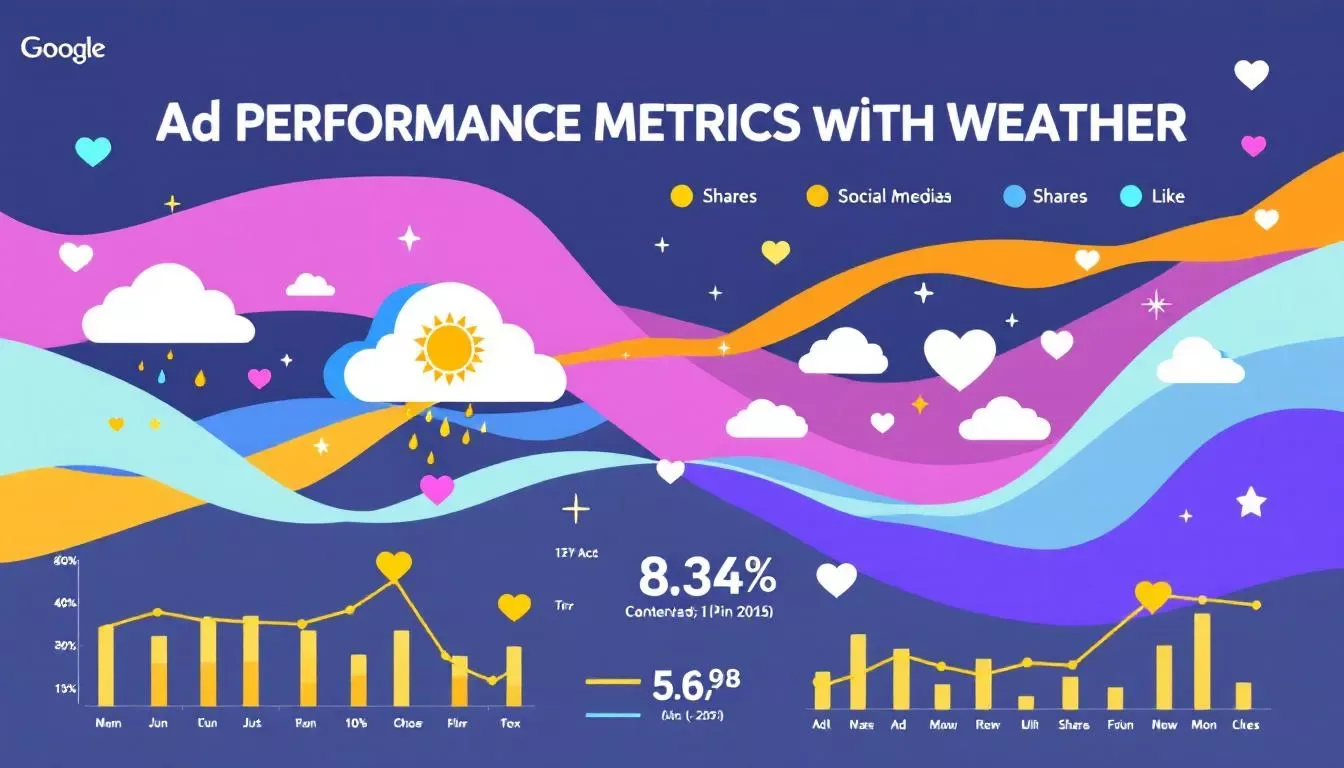
Weather conditions significantly impact ad performance by influencing consumer emotions, habits, and purchasing choices. For instance, a rainy day might make someone more likely to stay indoors and browse online stores, while sunny weather or bad weather might encourage outdoor activities and related purchases, even during inclement weather. Understanding these patterns helps brands align their promotions with how weather plays into how weather conditions influence how weather affects weather impacts, boosting engagement and sales.
Dynamic weather-based campaigns are particularly effective as they adapt automatically to prevailing weather, ensuring that promotions remain pertinent to consumers. Weather based ads reflecting real-time weather conditions are often seen as more relevant and timely, significantly enhancing their effectiveness. For example, during a cold snap, contextually relevant ads for warm clothing or hot beverages become more appealing and likely to convert in a weather responsive campaign, especially when utilizing weather triggered campaigns.
Seasonal weather campaigns, on the other hand, are strategically planned to correspond with predictable weather patterns rather than reacting to immediate changes. This approach is especially useful for industries with products and services that are highly seasonal. Using location-based marketing with weather data enables advertisers to target consumers in specific areas based on current weather, improving campaign effectiveness.
Weather Data for Optimized Social Media Campaigns
Weather data is essential for marketers looking to optimize social media campaigns. Understanding real-time consumer behavior and preferences allows brands to meet immediate weather-related needs. Utilizing weather data can enhance consumer targeting, making ads more relevant and timely.
Weather-triggered marketing can adapt to both current weather patterns and forecasted changes, ensuring that marketing messages remain relevant and engaging. Brands that apply AI and creative optimization techniques can effectively harness weather data, resulting in more targeted and effective marketing efforts, including weather based targeting. For instance, using dynamic creative that changes based on weather forecasts allows for personalized advertisements that resonate with consumers.
Flexible Weather Data APIs provide tailored weather analytics and insights for industry-specific applications, helping marketers create more relevant campaigns. Incorporating weather-related content in advertisements not only improves engagement rates but also increases the likelihood of conversions. Integrating weather data into strategies ensures marketing messages consistently hit the mark, while forecast weather signals can further enhance these efforts.
Seasonal Trends in Social Media Behavior

Seasonal weather patterns play a significant role in shaping social media behavior and consumer spending habits. For instance, social media engagement peaks during the summer months due to holidays and events, prompting users to share their experiences more frequently. Conversely, winter months see increased activity driven by holiday-related posts and festive promotions.
In spring, wellness, travel, and outdoor activity content engages users effectively, capitalizing on the season’s focus on renewal and adventure. Autumn, while often resulting in a slight decline in social media activity, provides opportunities for engaging users with productivity and new beginnings content. Understanding these seasonal norms allows brands to align their weather-based advertising with consumer responses and shopping habits.
Using historical data weather data helps marketers predict consumer behavior and adjust strategies accordingly. Personalized weather-related promotions can significantly increase the likelihood of consumer engagement and sales. Adapting marketing messages based on real-time weather can lead to higher consumer satisfaction and loyalty, as consumers feel that their immediate needs and interests are being addressed.
Real-Time Weather Data in Social Media Marketing
The use of real-time weather data in social media marketing can significantly enhance the relevance and effectiveness of ad campaigns. Dynamic weather-based campaigns adapt advertising content to current weather conditions, ensuring ads are timely and relevant. This approach increases engagement and conversions by delivering ads that resonate with consumers’ immediate environments.
Live weather data enables real-time adjustments to ad campaigns, making them more responsive to changing conditions. For example, the WeatherTrigger API allows marketers to monitor weather data in real-time and sync campaigns with local weather events, providing a seamless and personalized experience for consumers through the weather company. The weather forecast can enhance these efforts by predicting upcoming conditions and acting as a weather signal.
Moment marketing, which delivers relevant experiences based on real-time information, further enhances customer engagement by tapping into the immediacy of weather changes. Using real-time weather data, brands can create weather-responsive campaigns that capture consumer attention and drive desired actions.
This level of personalization and timeliness can set brands apart in a crowded digital marketing landscape, making their marketing efforts more impactful by delivering the right message to the right audience through contextual targeting and increasing purchase intent.
Weather-Triggered Social Media Ads
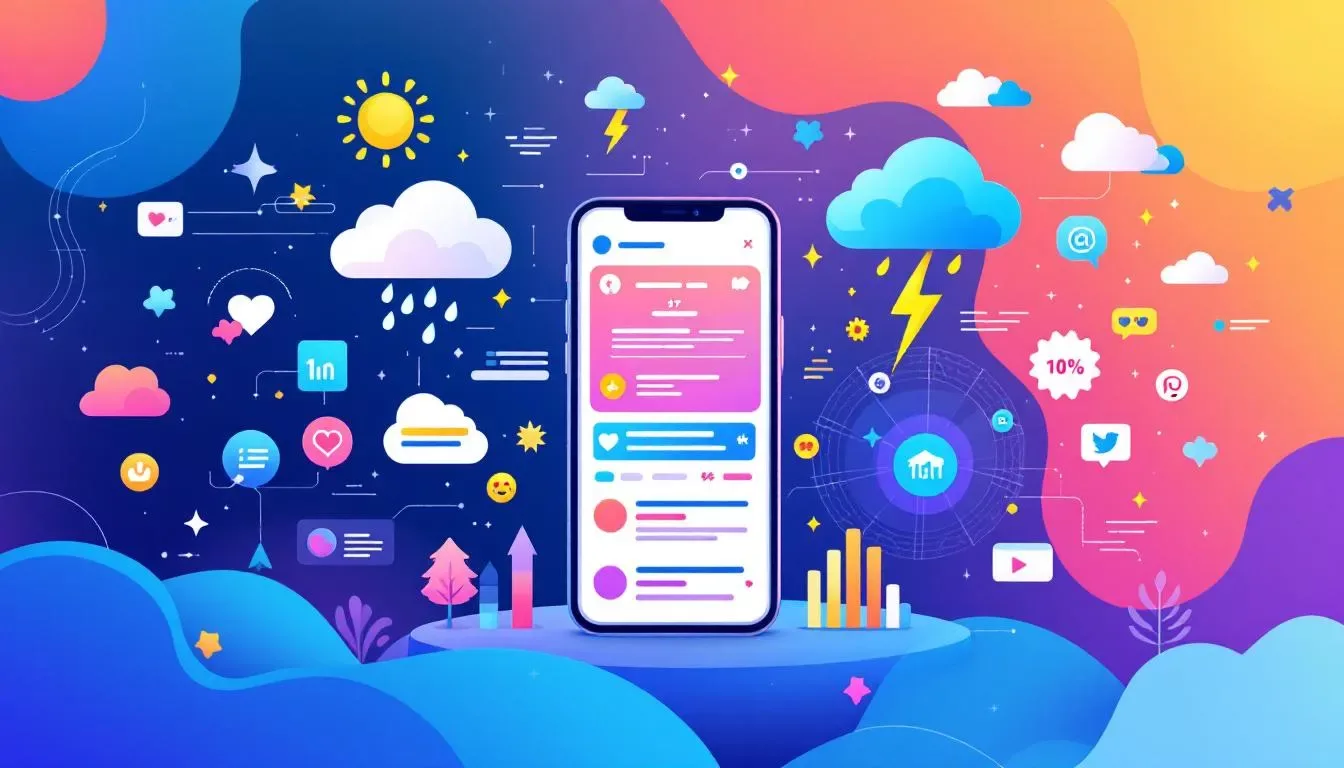
Weather-triggered social media ads allow brands to capitalize on short-lived sales opportunities by incorporating live weather updates into their marketing strategies. Advertisers can use weather insights to connect with consumers in a personalized manner, aligning ads with current weather conditions. This approach improves ad effectiveness and creates personalized experiences that resonate with the audience, leveraging weather triggers effectively. Additionally, weather triggered emails can enhance this strategy by reaching customers at the right moment.
Different demographics perceive the same weather differently based on location, so advertising messages should reflect these differences to be effective. For instance:
- Apparel manufacturers might advertise coats during cold weeks and pause ads for snow pants or gloves during warmer winter weeks.
- Retailers can promote umbrellas on rainy days.
- Retailers can promote cold drinks during hot weather to align with consumer needs.
After executing a weather-triggered campaign, it is crucial to analyze performance and optimize campaign elements for future success. Measuring key performance indicators (KPIs) and returning to the analysis stage ensures that brands can continuously improve their weather-responsive campaigns. This iterative process ensures that marketing efforts remain relevant and effective, driving better results over time.
Case Studies: Successful Weather-Based Social Media Campaigns
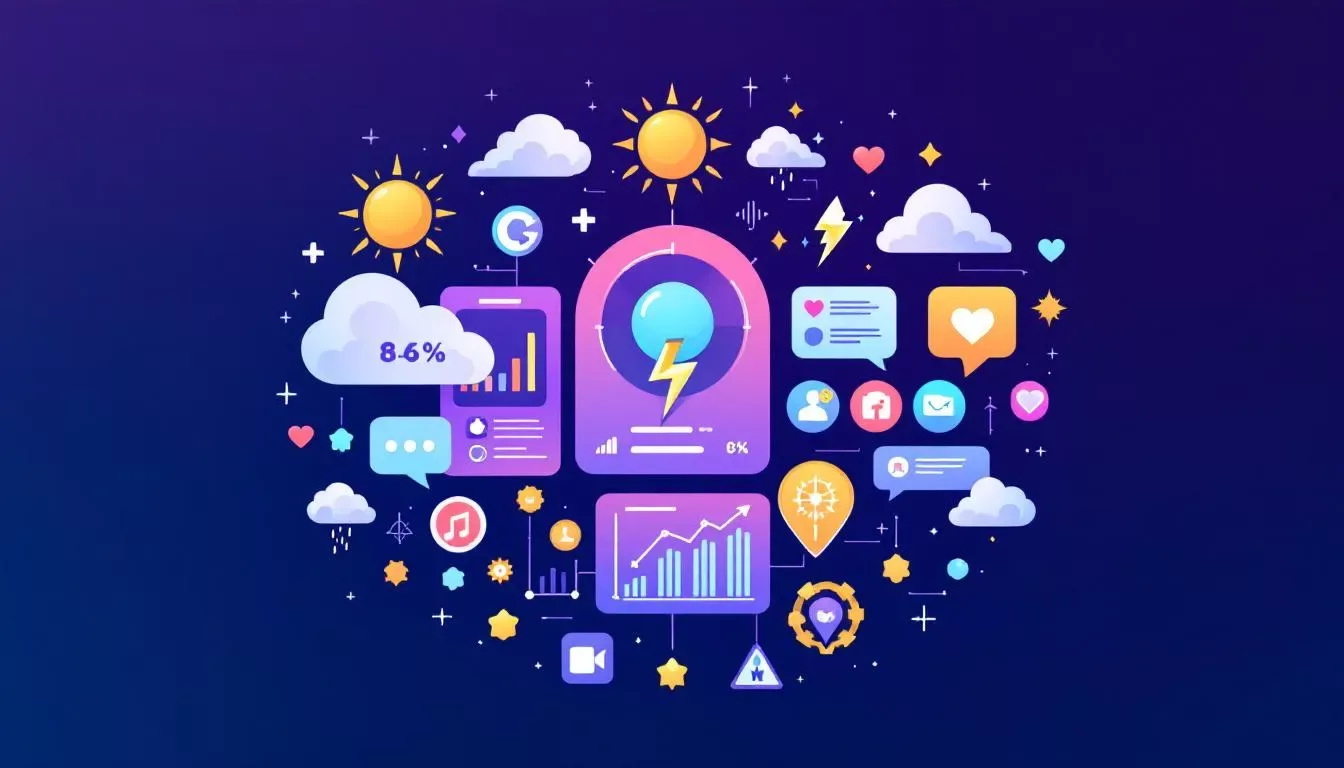
Real-world examples of successful weather-based campaigns highlight the potential of this marketing strategy. For instance, Stella Artois experienced a significant sales increase of 65.6% year-over-year by utilizing weather-targeted advertising. La Redoute’s weather ads campaign resulted in a 17% increase in sales and a 34% increase in website traffic, demonstrating the effectiveness of weather-based advertising.
Bravissimo’s PPC ad campaign led to a remarkable 600% increase in sales revenue during periods of sunny weather and good weather, showcasing the power of aligning ads with favorable weather conditions. Similarly, Molson Coors’s weather-triggered campaign achieved a 67% lower cost-per-click compared to generic ads, highlighting the cost efficiency of this approach.
These case studies illustrate how top brands use weather insights to connect uniquely with consumers, fostering stronger relationships and achieving better marketing outcomes. Understanding and using the impact of weather on consumer behavior allows brands to create more engaging and effective social media campaigns.
Challenges in Weather-Based Social Media Advertising
Implementing weather-based advertising comes with its own set of challenges. Creating multiple ad variations for different weather scenarios can be time-consuming and resource-intensive. Additionally, the limited availability of tools for effective weather-triggered ads can pose a significant hurdle for brands in their advertising efforts.
Marketers also need to adapt to changing seasonal norms, such as warmer temperatures extending summer-related spending, which can significantly affect advertising strategies. Using predictive weather data is crucial for brands to anticipate customer needs and ensure accurate insights into consumer behavior, purchase intent, weather targeting, and forecasted weather conditions.
Despite these challenges, the benefits of weather-based marketing make it a valuable investment for brands aiming to enhance ad relevance and engagement.
Tools for Integrating Weather Data into Social Media Marketing
Integrating weather data with marketing tools can automate the delivery of weather-responsive content across various platforms, making it easier for brands to implement weather-based campaigns. The WeatherTrigger API is a tool designed for marketers. It enables them to monitor real-time weather data and align their campaigns with local weather events, considering the trigger conditions.
Max Social is another tool designed to enhance engagement by sharing weather content quickly on social media platforms. Additionally, AI and dynamic creative optimization technologies can help brands apply weather insights effectively, ensuring that their marketing messages remain relevant and engaging.
Platforms like WeatherAds.io can streamline weather-based advertising, making it easier for brands to create and manage weather-responsive campaigns. Using these tools ensures marketers’ social media campaigns are timely, relevant, and impactful, driving better engagement and conversions.
Building Weather Triggered Meta Ad Campaigns with Make.com
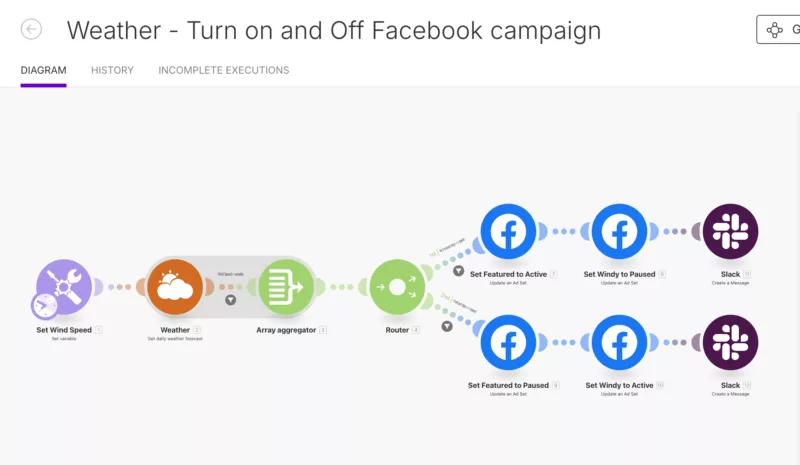
We recently helped a water sport business, FoilSport, launch a Shopify catalogue based Meta ads campaign that will switch Meta ad sets based on what the wind conditions are like in the next 5 days. This was done using Make.com and the OpenWeatherMap.org API.
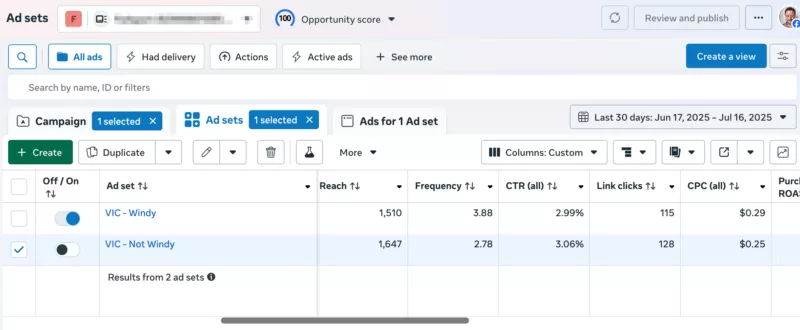
In Make, you can automate weather-triggered Meta ads in just a few modules: start with a Set Variable to store your wind-speed (or other condition) threshold, then pull a daily forecast from the Weather module. Pass the results through an Array Aggregator and Router that checks each hour’s wind reading against your threshold; if it’s above, fire one branch that updates the “Windy” ad set to Active and pauses the calmer “Featured” set, and if it’s below, flip the logic. Add a quick Slack “Create a Message” at the end of each branch so your team gets notified whenever the ads toggle. Once scheduled (e.g., every 30 min) this flow keeps your ad spend perfectly synced with the forecast—no code, just drag-and-drop.
Is it Worth Implementing?
If you’re an e-commerce brand and your sales can be influenced by weather conditions, then weather triggered Meta ad campaigns are definetly worth testing out.
And if you’re running Facebook lead ad campaigns, there are sooo many opportunities to trigger weather event ad campaigns. One that comes to mind: Tree lopping services after more extreme weather events.
As I always say, test, test, test 😉

